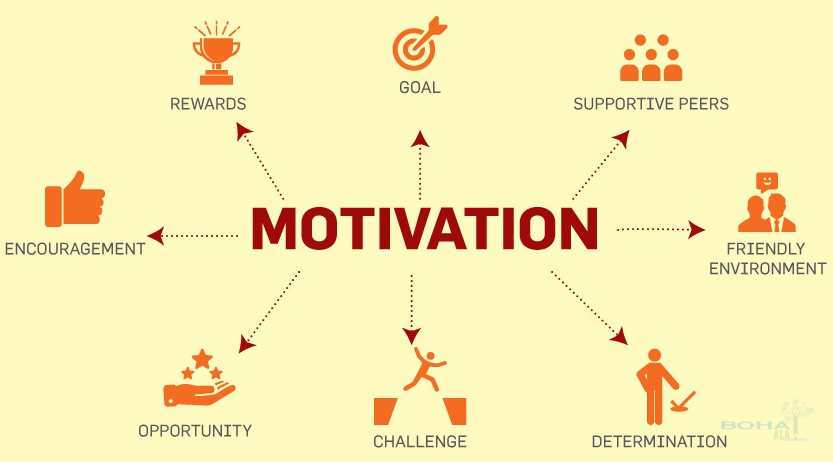
Gamification can also be used to motivate employees. Pharmaceutical company Omnicare, which uses IT management cloud service ServiceNow, introduced gamification to improve its IT Service Desk operating model
How Games Work
“It’s using the dynamics and mechanics of psychology that make games so addicting, so sticky, so engaging,”
Gamification can also make intimidating processes fun, which could help boost sales. Adobe needed a way to encourage trial users to become paid licensees of Photoshop. However, sometimes anxiety over learning how to use the software can get in the way. So, gamification platform provider Bunchball created LevelUp for Adobe Photoshop. The game trained users “how to use Photoshop by doing, and not just reading the manual or watching tutorial content,” explains Rajat Paharia, cofounder and chief product officer of Bunchball. As you complete a task and learn how to “master object removal,” your progress score goes up. The game sent users on missions like “remove red eye” or “touch up this photo,” and players were able to earn points, rewards, and the chance to win Adobe Creative Suite 5.5 Master Collection software.
The Reward
Financial rewards certainly work, but they’re not the only way to motivate participants. Offering points, status, rewards, voting power, and early access are all viable ways to motivate participants.